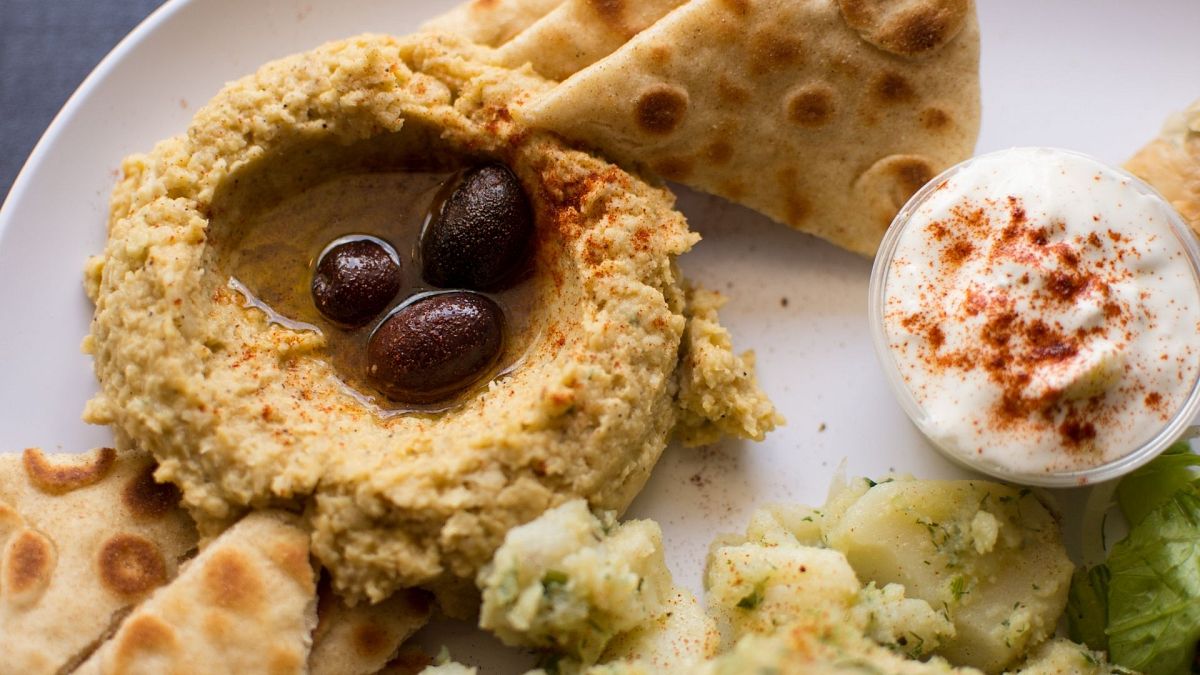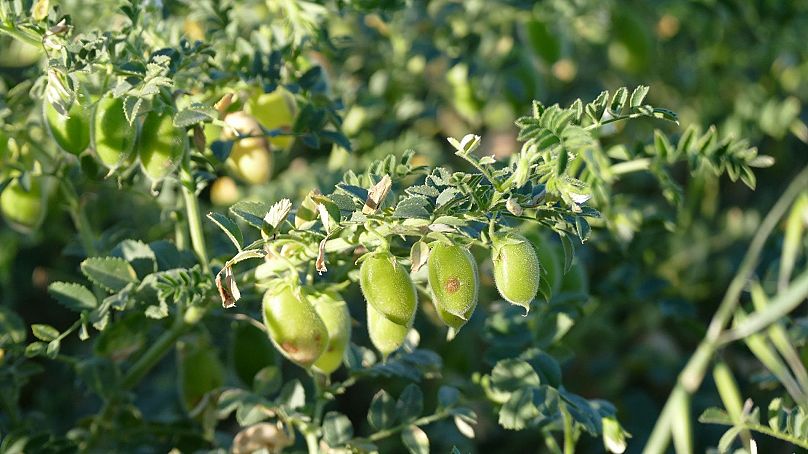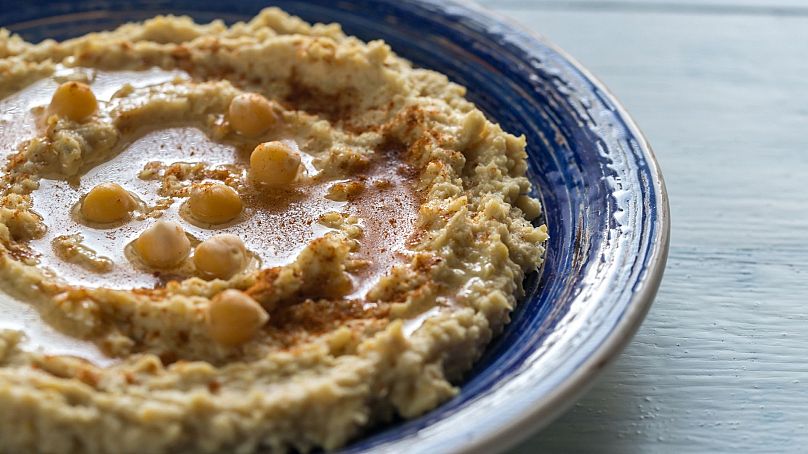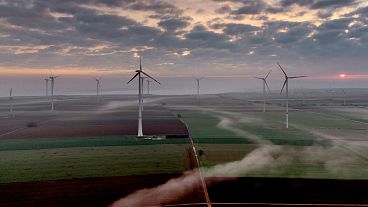The world might be running out of hummus as the Ukraine war and climate change exacerbate chickpea shortages.
Global supplies of chickpeas are expected to drop by 20 per cent this year, which means hummus could be harder to access in supermarkets.
The projected dip is according to data from the Global Pulse Confederation. Weather and war have hurt supplies of the protein-packed bean, driving up food prices and creating headaches for food manufacturers.
And it's not just hummus that will be hard to find. Chickpeas are made into hummus, flour, soups, stews and curries. While they are growing in popularity in the United States, they have long been key to the diets of people in India and the Middle East - places that are already struggling to cover rising costs of food imports.
Farmers in the US - the no. 4 chickpea exporter - planted fewer chickpeas this year as poor weather bogged down spring planting and they prioritised more lucrative crops like wheat and corn, its government data shows.
Meanwhile, top buyers from South Asia and the Mediterranean are trying to scoop up dwindling US stocks as supplies shrink worldwide and as the war between Russia and Ukraine - both producers of chickpeas - exacerbates disruption to global supply chains.
"When the Russia-Ukraine war broke out, the demand boomed," says Jeff Van Pevenage, chief executive officer of Columbia Grain International, grain and pulse merchandiser and supplier, headquartered in Portland, Oregon. "We saw strong demand from China, then it was calls from customers in Pakistan and Bangladesh."
Ukraine could not seed its total chickpea crop due to the war, removing 50,000 tonnes normally bound for Europe, adds Navneet Singh Chhabra, director of Shree Sheela International, a global chickpea trader and brokerage firm.
Sanctions aimed at cutting Russia's access to the global financial system have also hampered purchases of its agricultural products, he said, as some buyers seek to avoid complications with payment. As a top chickpea exporter, Russia normally accounts for about 25 per cent of global trade, he said.
"Russia is exporting around 200,000 to 250,000 tonnes, minimum, per year. When the war started in February, the supply was destroyed, totally," he said.
Shipping delays and drought-parched fields
Transportation problems have exacerbated supply constraints and added to rising prices, particularly in the United States.
Ocean vessel backlogs in the Pacific Northwest have forced some grain merchants to ship chickpea containers by rail for thousands of miles, taking more expensive and circuitous routes to fulfil orders.
Columbia Grain International usually exports some of its chickpeas by ocean vessel through the Pacific Northwest. But as West Coast ports were snarled up, Columbia Grain started sending chickpeas by rail to Houston, Texas, in search of available ocean transport - nearly doubling shipping costs, Van Pevenage said.
As overburdened train lines also backed up, those chickpeas arrived at the port long after the ships sailed.
"We've had product sitting in Houston for eight weeks, waiting for an outbound vessel," Van Pevenage said.
And drought has been a problem for many producers too.
North Dakota farmer Kim Saueressig decided not to plant chickpeas on his drought-parched fields last year. Known as a pulse, or grain legume harvested for its protein-rich seeds, chickpeas are also prone to disease that can require costly fungicides, he said.
Tight supplies have helped push US retail prices higher. Chickpeas on US grocery shelves jumped 12 per cent from last year, nearly 17 per cent higher than prior to the pandemic, according to the most recent NielsenIQ data. Hummus prices have increased 6.9 per cent since 2019.
Hummus maker Sabra Dipping Company is keeping ample supplies on hand "to safeguard against the unexpected," Chief Executive Joey Bergstein told Reuters.
How urgent is the global demand for chickpeas?
Global demand is outstripping supplies, according to trade data and Shree Sheela International's research.
As a result, Turkey issued an export ban, while yields in Mexico shrank due to weather woes.
In Australia, a top chickpea exporter, farmers contended with flooded fields, while sellers scrambled to secure container space on ocean freight vessels.
In the United States, farmers planted nearly 5 per cent fewer acres of chickpeas this year, the Agriculture Department reported.
The US market already struggled with smaller stockpiles after last year's production was cut by a third due to devastating drought from North Dakota to Washington state. Total domestic supplies are down 10.5 per cent as of 1 June 2022, from a year earlier, according to USDA data.
Still, Montana farmer Ryan Bogar is gambling that the shortage may pay off for the 1,500 acres of chickpeas his family planted this spring. Chickpeas need less fertiliser than corn, he said, and can sell for twice as much as wheat, he said.
Wheat prices hit a near record in March, but have recently fallen to pre-Ukraine war levels as fears of recession around the world hamper commodity markets.
"Wheat will pay the bills. But if you want to buy new equipment or have money to expand, you better have some peas in the mix," says Bogar.





